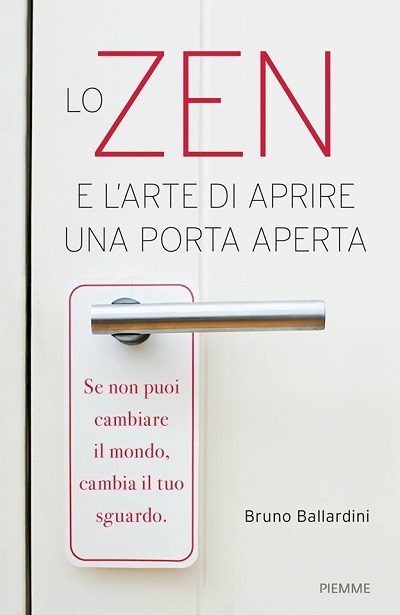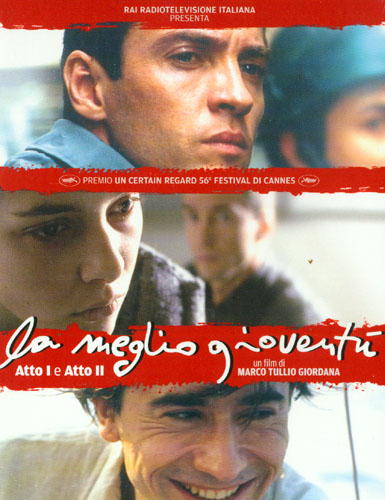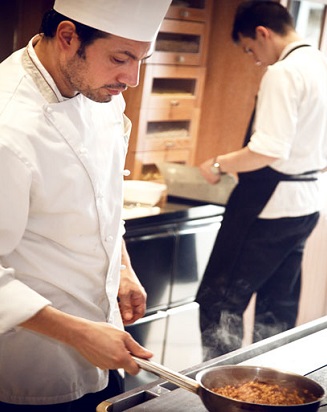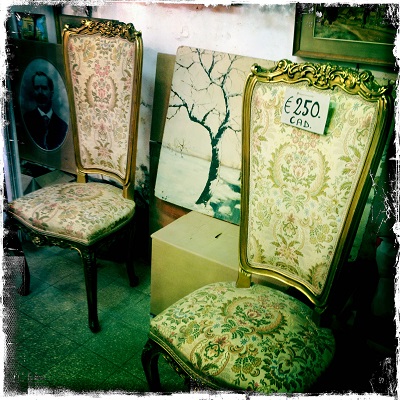
Il regista Ivan Vitale
Ti piacciono i cortometraggi?
A short film is a video that generally does not reach 30 minutes in length. The film director Ivan Vitale loves to combine strong emotions in a short period of time.
Do you like short films?

Il regista Ivan Vitale
A short film is a video that generally does not reach 30 minutes in length. The film director Ivan Vitale loves to combine strong emotions in a short period of time.
Do you like short films?

Studiare una lingua straniera e parlarla fluentemente comporta molta pratica ma a volte richiede anche il silenzio e il tempo per assimilare le informazioni e lasciarle sedimentare dentro di sé.
Ti sei mai seduto in silenzio ad ascoltare il tuo respiro e a dare il tempo alle cose di succedere, senza inseguirle e senza affannarti?

L’intrigante uomo vitruviano di Leonardo da Vinci mostra una forte relazione fra la geometria e il corpo umano.
Ma perché questo disegno appare sulle monete da 1 euro italiane?
The intriguing Vitruvian man by Leonardo da Vinci shows a strong relationship between geometry and the human body.
But why does this drawing appear on the Italian 1 euro coins?
To practice Italian this week we invite you to read…
PRACTICE HERE: Italian/English Version
 Il cinema italiano è nato a fine ‘800 ma ha avuto il suo momento d’oro fra gli anni 1955 e 1970 principalmente con il cinema neorealista, la commedia all’italiana, il cinema d’autore e il western italiano.
Il cinema italiano è nato a fine ‘800 ma ha avuto il suo momento d’oro fra gli anni 1955 e 1970 principalmente con il cinema neorealista, la commedia all’italiana, il cinema d’autore e il western italiano.
Ti piace il cinema?
Hai mai visto un film in italiano?
Italian cinema was born at the end of the 19th century but had its golden moment between the years 1955 and 1970 mainly with neorealist cinema, Italian comedy, auteur cinema and the Italian western.
Do you like cinema?
Have you ever watched a movie in Italian?

Chef Niko Sinisgalli
To practice Italian this week we invite you to read and cook…
PRACTICE HERE: Italian/English Version
 In Italia c’è una differenza fra l’espressione “ti voglio bene”, utilizzata con parenti, bambini o amici e “ti amo”, utilizzata con le persone di cui si è innamorati.
In Italia c’è una differenza fra l’espressione “ti voglio bene”, utilizzata con parenti, bambini o amici e “ti amo”, utilizzata con le persone di cui si è innamorati.
Ami qualcuno?
Vuoi bene a qualcuno?
Quanti diversi tipi di amore conosci?
To practice Italian, in this activity we invite you to sing…
PRACTICE HERE: Italian/English Version
 Il famoso Giorgio de Chirico ha dipinto un autoritratto in cui si mostra vicino al busto di Euripide (un drammaturgo greco vissuto fra il 485 e 407 a.C.)
Il famoso Giorgio de Chirico ha dipinto un autoritratto in cui si mostra vicino al busto di Euripide (un drammaturgo greco vissuto fra il 485 e 407 a.C.)
La scritta in latino nel quadro dice: “non c’è nessuna gloria senza tragedia”.
De Chirico nel dipinto non sembra essere molto felice.
Se tu adesso ti facessi un autoritratto come sarebbe? Sei felice?
The famous Giorgio de Chirico painted a self-portrait in which he is shown next to the bust of Euripides (a Greek tragedian who lived between 485 and 407 BC.)
The Latin inscription in the painting says: “There is no glory without tragedy.”
De Chirico in the painting does not seem to be very happy.
If you now created your self-portrait, how would it be? Are you happy?
To practice Italian this week we invite you to read and play…
PRACTICE HERE: Italian/English Version
Picture source: courtesy of collector (private collection)

A volte vogliamo di più, a volte non vogliamo più.
Come si usa “più” in italiano?
Vuoi più informazioni?
Sometimes we want more, sometimes we don’t want anymore.
How do we use “more” in Italian?
Want more info?
To practice Italian this week we invite you to sing and test…
PRACTICE HERE: Italian/English Version
Picture source 123rf.com
 In Italia in alcuni negozi si possono trovare degli oggetti antichi.
In Italia in alcuni negozi si possono trovare degli oggetti antichi.
Alcuni sono preziosi mentre altri sembrano di valore ma non lo sono.
Bisogna fare attenzione quando si compra qualcosa di antico. Abbiamo chiesto qualche consiglio al nostro amico, antiquario e restauratore, Stefano Beneventi.
Ti piacciono gli oggetti antichi?
Hai mai comprato un oggetto antico?
In Italy, in some stores, you can find ancient objects.
Some are precious while others seem valuable but they are not.
We must be careful when buying antiques. We have asked for advice to our friend, antique dealer and restorer, Stefano Beneventi.
Do you like ancient objects?
Have you ever bought an ancient object?
Picture source Maura Garau

Partecipare ad attività italiane o guardare un film in italiano significa essere avvolti dal suono della lingua. È un ottimo esercizio per “sviluppare il tuo orecchio” e familiarizzare con il suono della lingua.
Conosci associazioni o centri culturali italiani nella tua città?
Hai mai visto un film in italiano?
Participating in Italian activities or watching a movie in Italian means being surrounded by the sound of the language. It is an excellent exercise for “developing your ear” and becoming familiar with the sound of the language.
Do you know any Italian organization or cultural institute in your town?
Have you ever seen a movie in Italian?
To practice Italian this week we invite you to watch…
PRACTICE HERE: Italian/English Version
Picture: Clint Eastwood in a screenshot from the 1964 movie Per un pugno di dollari (A fistfull of dollars) by Sergio Leone